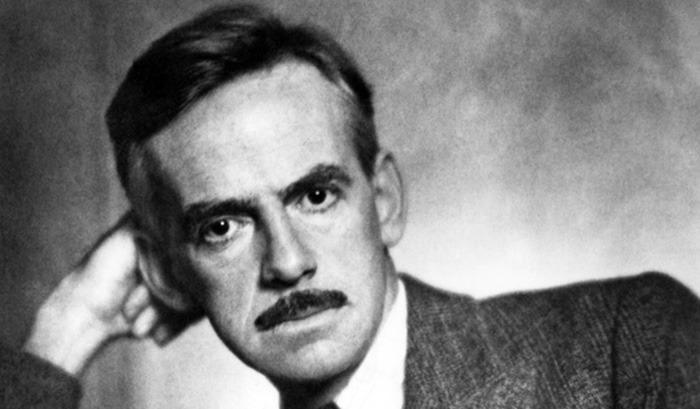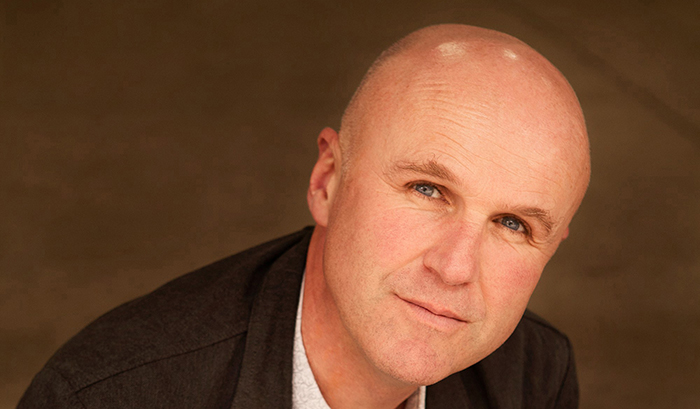Inside Scientology: The Story of America’s Most Secretive Religion. By Janet Reitman, Vanguard Press. 444 pp. $28.
After many years as a mediocre, struggling pulp fiction-turned-sci-fi author, L. Ron Hubbard finally hit the big time with the 1950 release of Dianetics: The Evolution of a Science, an immediate best-seller promoted as a “poor man's psychoanalysis.”
However, critics wondered aloud why a single session with an auditor (instructor) cost $25, which was $10 more than most psychiatrists charged at the time. A five-week course at newly-opened centers in major cities cost $500 although it enabled devotees to become “professional auditors” who could immediately begin seeing clients. More aggressive therapy was offered in 10-day segments known as “intensives.” They cost $600 to $1,000, depending on the experience of the auditor. Unlike psychoanalysis, LRH's regimen promised a cure as the seeker became a Clear — someone liberated from all aberrations and now infinitely more powerful and free.
Moving beyond Dianetics (meaning “through the mind”), LRH introduced a brand-new science in 1952: Scientology (meaning “the study of knowledge” or “the study of truth”). The focus was on the anatomy of the human soul, an entity he named the thetan (which means “life)” since it existed wholly apart from the body, the mind and the physical world.
Eons of History
Thetans predated time itself. They had drifted through the eons inhabiting and then exiting physical bodies, which only served as temporary shells. Bored, they created the universe but ultimately got trapped in that creation as they became implanted with a host of both positive and negative ideas and saw themselves as nothing more than the bodies they inhabited.
As theta beings, they lost their original power, and Scientology's principal goal was to restore that power and create Clears or OT (Operating Thetans) at the lowest level of advancement on what LRH called “The Bridge to Total Freedom.” Participants later could progress to higher OT levels — with substantially more dollar investment required.
For nearly a decade, LRH moved from Messiah to Commodore as he commanded the church aboard his flagship, the Apollo, one of three ships comprising a flotilla that sailed the seas to multiple ports-of-call. Once the seafaring expedition ended, operations moved to Clearwater, FL, and other land-based U.S. locales with LRH becoming more elusive and reclusive until his death in 1986. He left behind an estate valued at nearly $400 million.
His successor to run the newly-leaderless enterprise was David Miscavige, a 25-year-old who had grown up in the church and rapidly reveled in the title of the Pope of Scientology.
Ruthless, autocratic, overachieving and unforgiving, D.M. accomplished two stellar feats: (1) Exploiting to the maximum degree the celebrity status of megastars like John Travolta and Tom Cruise, about whom D.M. raved: “This guy is so famous, he could change the face of Scientology forever.”
And (2) Winning IRS tax exemption for the church in 1983 after 25 years of wrangling with their inefficient bureaucracy. A secondary benefit of the IRS ruling has been the ultra-secrecy of all Scientology's financial dealings once it became a certified non-profit entity.
Too bad this same secrecy could not shield the church from innumerable lawsuits both at home and abroad about abuse, intimidation and in one case, a woman who died after 17 days of neglect under their care.
Ever since earning a M.A. from Columbia University's School of Journalism, Janet Reitman has worked as a freelancer. When Rolling Stone assigned her to investigate Scientology in 2005, the resulting article “Inside Scientology,” which appeared in 2/16/06, served as a springboard to expand the probe that took another five years to complete. In her endeavor, she was granted unprecedented access to the upper echelons of this still mysterious sect. Her goal was “to write the first objective modern history of the Church of Scientology,” America's most controversial religion.
More often, Scientology has been labeled a social movement, a self-help method, a trans-national corporation and most damnably, a dangerous, evil cult. However defined, any organization claiming to be America's fastest growing religion with millions of members in 165 countries, 8,500 church missions and outreach groups and real estate on several continents valued at billions, constitutes a formidable force to be reckoned with.
The investigator has done a masterful job of separating myth from fact, no mean feat, especially regarding the life of founder LRH who deserved notoriety for embellishing or inventing events from his checkered past. No sooner did this tome come off the press than church officials denounced it as shoddy, unscholarly and inaccurate. I defy anyone who reads this massive exposé impartially to agree with those criticisms.
Mr. Akerley may be contacted at benakerley@aol.com







